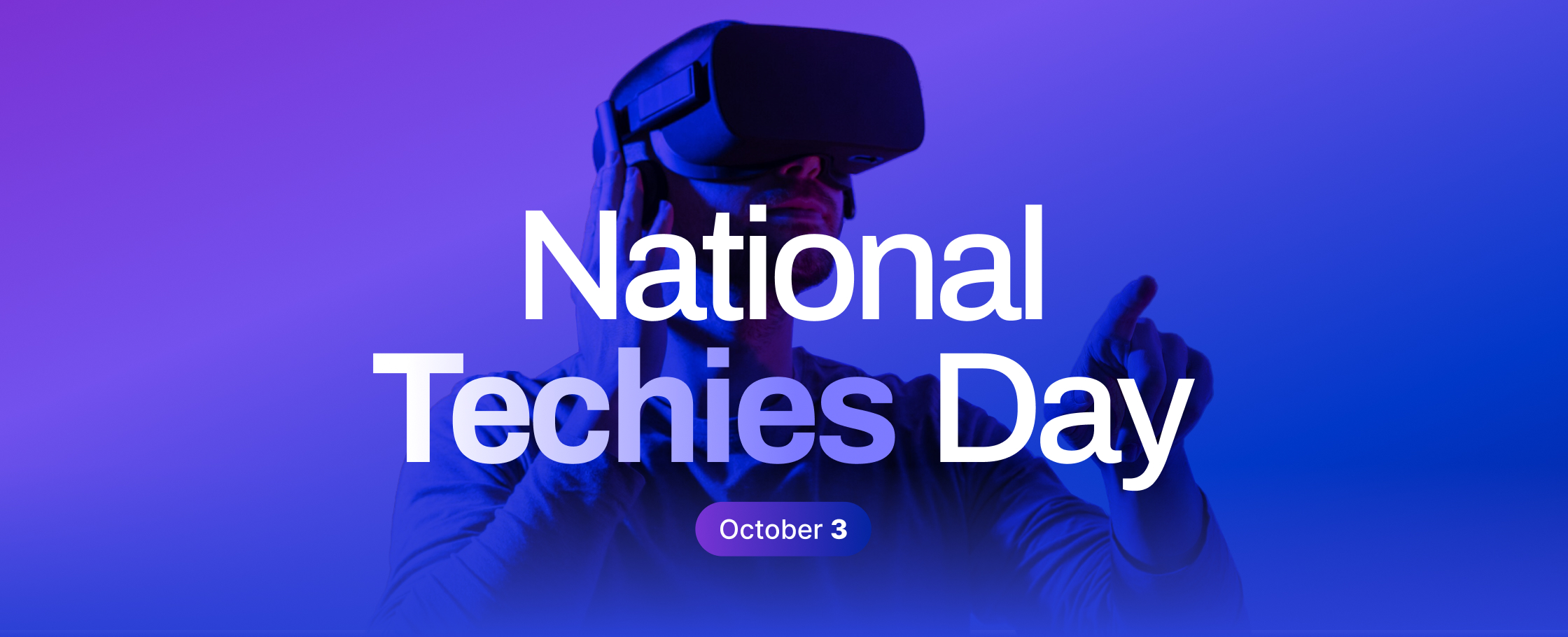Access to knowledge and information resources is crucial for both enterprises and researchers in the data-driven world of today. A growing number of companies and organizations are looking for all-inclusive solutions that make vital information and resources accessible to all of their stakeholders. These solutions, that involve a variety of services from digital libraries to scientific databases, are made to satisfy the expanding need for accurate and current information across a number of industries. The main services for organizing and dispersing knowledge and information resources are summarized as follows:
Databases for scientific research and documentation
Finding access to a wide range of trustworthy information sources is required when conducting scientific research. Researchers can obtain the essential knowledge they need from specialized databases to carry out exhaustive studies and generate reliable results. Peer-reviewed journals, papers, and other scholarly materials that guarantee the integrity of study findings are carefully selected and included in these databases. These electronic databases enable scientists, researchers, and professionals to make data-driven decisions and progress their work by providing access to a wide range of specialized subjects.
Digital libraries
As libraries are turning digital, it’s now simpler than ever to access vast amounts of information from any location in the globe. Users may easily locate and make use of the information they want using digital libraries, which provide a wide range of e-books, periodicals, articles, and other digital content. For organizations, companies, and people looking to learn about a variety of topics, these platforms are indispensable. In addition, digital libraries offer material organization and search capabilities that improve user experience and expedite research procedures.
Media monitoring
It is important for every organization to be up to date on pertinent news, public opinion, and industry trends. Businesses may keep an eye on important industry developments, evaluate public opinion, and adjust to news that affects their operations by using media monitoring services. These services collect and analyze media information from a variety of sources, including blogs, social media, and news sites, to deliver timely insights that help businesses stay competitive and adapt to shifting market conditions. For PR teams, marketing departments, and corporate decision-makers who need to keep ahead of new trends, media monitoring can be extremely beneficial.
Book supply and acquisition
It takes meticulous planning and execution to acquire the appropriate resources for research centers, corporate libraries, or educational institutions. A full strategy for cataloging, distribution, and procurement is provided by book supply and acquisition services, guaranteeing that businesses have the materials they’re seeking promptly and effectively. These services manage every aspect, from finding the finest suppliers of goods to classifying them for quick access, so that businesses may focus on making the most use of their resources rather than handling logistics.
To sum up, information and knowledge resources are necessary for the accomplishment of academic, educational, and commercial activities. Providing services like digital libraries, scientific databases, media monitoring, and book purchase, firms may guarantee that their stakeholders have easy entry to the critical information and resources they require to prosper in the current competitive environment. These technologies not only increase information accessibility but also boost knowledge management reliability and effectiveness across many sectors.











